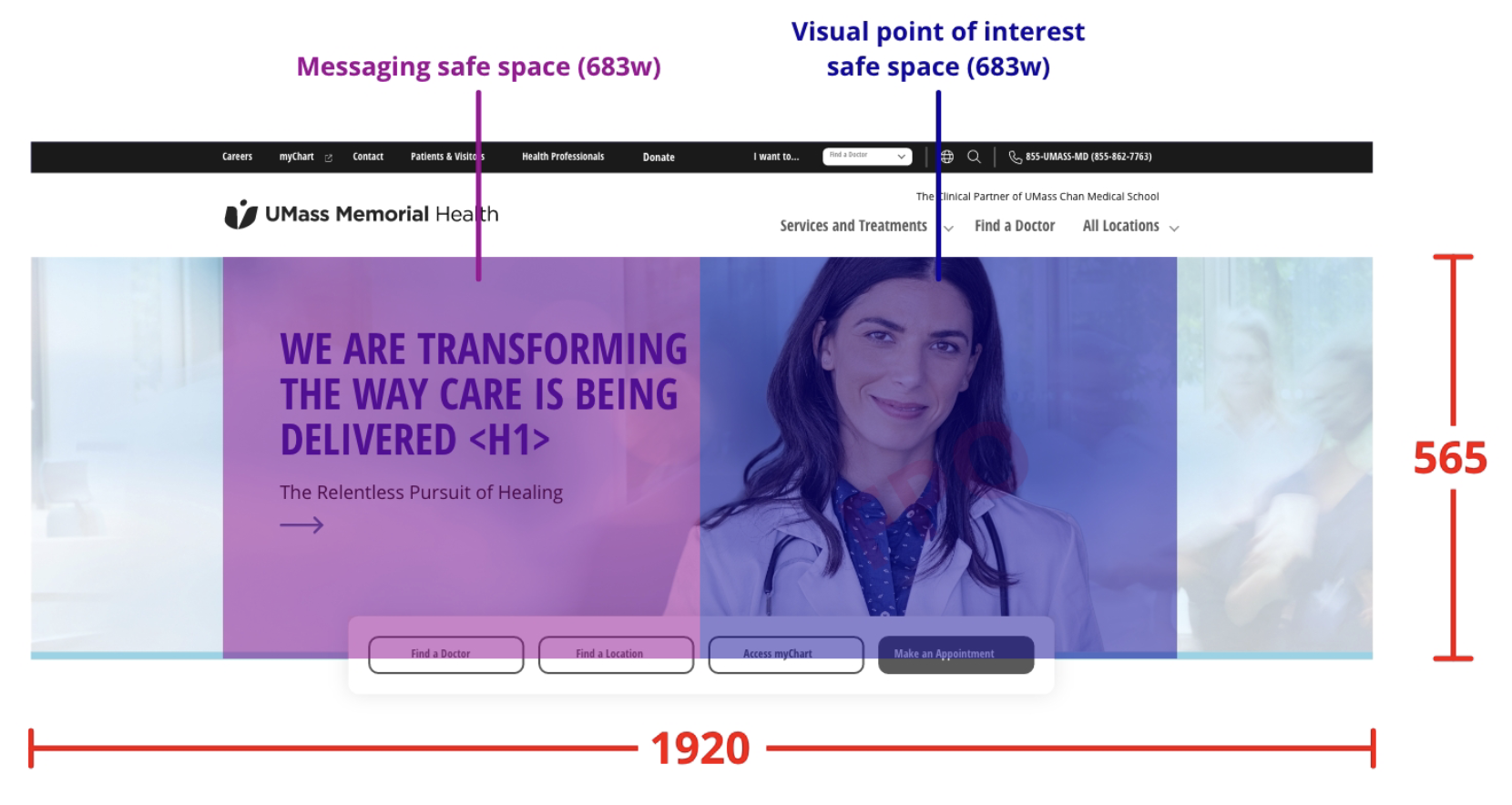
Kimberly Eisenstock
Vice Chair of Clinical Affairs, Department of Medicine
Associate Chief Medical Officer
Associate Chief Medical Officer

John Broach
Director, Division of Emergency Medical Services and Disaster Management
Assistant Professor, UMass Chan Medical School
Assistant Professor, UMass Chan Medical School

David McManus
Cardiovascular Disease
Your Spine Health Questions Answered
Chronic spine pain isn’t inevitable. Regular movement, a balanced diet, good posture, and smart habits like quitting smoking can keep your back strong and pain-free.

Dysbiosis: Your Microbiome Out of Balance
Dysbiosis is a gut imbalance that can harm digestion, immunity and overall health. Diet, stress and medications can trigger it, but lifestyle changes can help restore balance.






